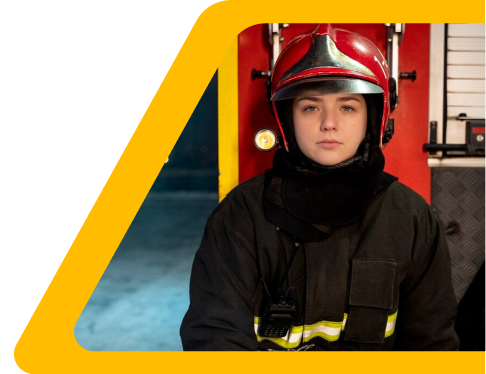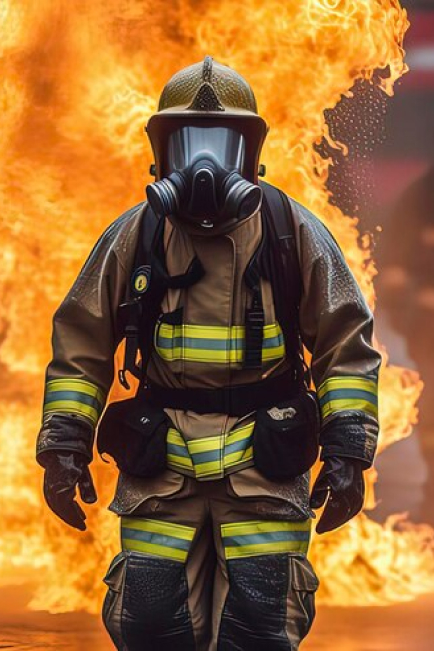Fire Safety Mock Drills: Importance and Procedure
- info@safetymastery.com
- +91 7200322134


Enhancing Emergency Preparedness with Fire Safety Mock Drills
Enhancing Emergency Preparedness with Fire Safety Mock Drills
Fire safety mock drills play a vital role in preparing individuals to respond effectively in the event of a fire emergency. By conducting regular mock drills, organizations can assess their readiness, practice emergency procedures, and ensure the safety of occupants. In this comprehensive guide, we will delve into the importance of fire safety mock drills, the procedure for conducting them, and the benefits they bring to enhancing emergency preparedness and safety.

Safety International Diploma
- Ofqual Regulated Qualifications London, UK
- GradIOSH/CertIOSH status from IOSH, UK
- TSP status from BCSP, USA
- Gateway to MSC in UK universities
one or two years of qualification.
Get Courses Details
Get Courses Details
Safety Diploma
- Government-Endorsed National Safety Diploma Program
- Qualify for registration at the Employment Exchange
- Attestation by the Ministry of External Affairs for those wishing to move abroad
- Eligible for membership with MIIRSM (IIRSM membership at discretion)
- Approved by the Government of India
- Enhance your educational profile with an additional one or two years of qualification
Importance of Fire Safety Mock Drills:
- Readiness Assessment: Mock drills help in evaluating the preparedness of individuals to respond to fire emergencies, identifying strengths, weaknesses, and areas for improvement.
- Practice and Familiarization: Mock drills provide an opportunity for individuals to practice evacuation procedures, use fire safety equipment, and become familiar with emergency protocols in a controlled setting.
Confidence Building: By participating in mock drills, individuals gain confidence in their ability to respond to fire emergencies, enabling them to act swiftly and decisively in real-life situations.
Emergency Response Testing: Mock drills allow organizations to test the effectiveness of their fire safety systems, evacuation plans, communication protocols, and coordination among staff members.
- Continuous Improvement: Conducting regular mock drills fosters a culture of continuous improvement in fire safety measures, encouraging organizations to refine their emergency response procedures and enhance safety protocols.

Procedure for Conducting Fire Safety Mock Drills:
Planning and Preparation:
– Establish clear objectives for the mock drill, including the scenario to be simulated, the participants involved, and the expected outcomes.
– Communicate the details of the mock drill to all participants, including the date, time, location, and instructions for their role during the drill.
– Coordinate with relevant authorities, such as fire departments and emergency services, to ensure a safe and controlled drill.
Scenario Simulation:
– Simulate a fire emergency scenario, such as a fire breakout in a specific area of the building, to test the response of individuals to the situation.
– Activate the fire alarm to signal the start of the drill, prompting participants to follow evacuation procedures and gather at designated assembly points.
– Monitor the response of participants, including their adherence to evacuation routes, use of fire extinguishers, and communication during the drill.

Evaluation and Debriefing:
– Conduct a debriefing session after the mock drill to review the performance of participants, identify any issues or challenges encountered, and gather feedback on the effectiveness of emergency procedures.
– Document observations, lessons learned, and areas for improvement from the mock drill to inform future emergency preparedness efforts.
– Provide feedback to participants on their performance, recognize strengths, and offer guidance on areas for enhancement in their response to fire emergencies.
Follow-Up and Training:
– Address any deficiencies or gaps identified during the mock drill through additional training, updates to emergency procedures, or corrective actions to improve safety measures.
– Schedule regular follow-up mock drills to reinforce emergency response protocols, test evacuation procedures, and ensure continued readiness for fire emergencies.

Benefits of Fire Safety Mock Drills:
Enhanced Preparedness: Mock drills improve the preparedness of individuals to respond effectively to fire emergencies, reducing panic and confusion during actual events.
- Risk Mitigation: Conducting mock drills helps in identifying and addressing potential risks, vulnerabilities, and gaps in fire safety measures, enhancing overall safety and security.
Team Coordination: Mock drills promote teamwork, communication, and coordination among staff members, ensuring a cohesive and organized response to fire emergencies.
Confidence and Competence: Participation in mock drills builds confidence, competence, and resilience in individuals, empowering them to act decisively and responsibly in fire emergency situations.
Safety Culture: Regular mock drills foster a culture of safety consciousness, awareness, and proactive engagement in fire safety practices, creating a safer and more prepared environment for all occupants.

Fire safety mock drills are a critical component of emergency preparedness, safety, and risk management in organizations. By conducting regular mock drills, organizations can assess their readiness, practice emergency response procedures, and enhance the safety of occupants in the event of a fire. Remember: fire safety mock drills are not just a routine exercise—they are a proactive approach to ensuring preparedness, safety, and security, and they play a key role in saving lives and minimizing damage in fire emergencies.
